'A bike that goes a little bit against the grain': a first-ride review of Colnago's new C68 Gravel bike
A thoughtfully constructed gravel bike that’s a joy to ride on and off road, but has some intentional limitations
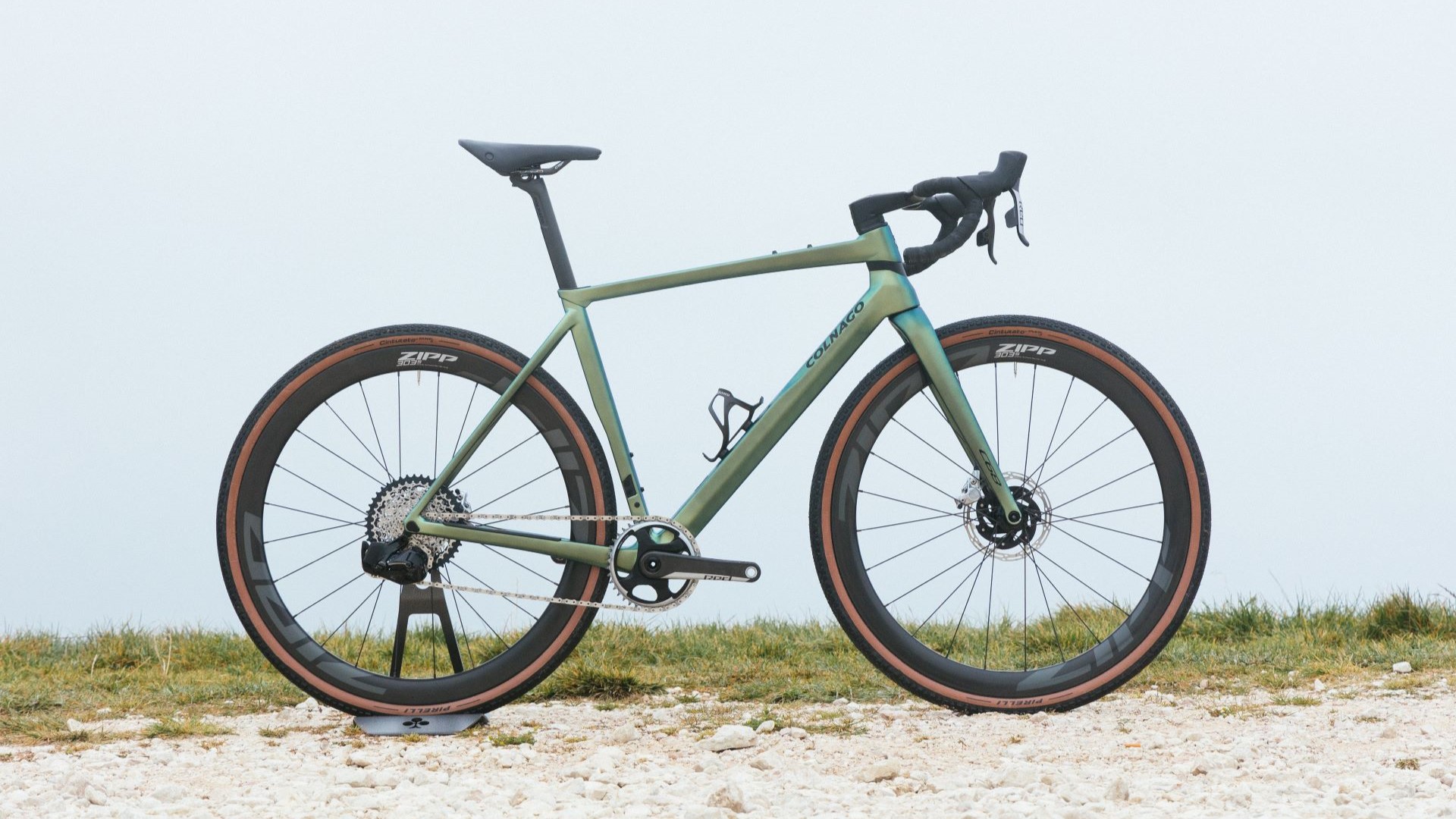
Colnago’s C68 Gravel won’t work for everyone, but for those who appreciate the company’s history and design ethos, they’ll be very happy with the performance. Tire clearance is limited, but otherwise this is a modern gravel bike from an industry icon.
-
+
Capable geometry that excels across all terrains
-
+
Tuned, compliant ride with well-executed details throughout
-
+
Integrated bar and stem is excellent
-
+
Made in Italy
-
-
Tire clearance is limited for a modern gravel bike
-
-
Wedge-style seatpost clamp can pose problems
-
-
It’s very expensive
You can trust Cycling Weekly.

Colnago is one of the most iconic brands in cycling, and every product the company makes has the history of a grand tour and world championship-winning bike behind it. New releases have to live up to that standard.
The goal for the C68 Gravel was to design a bike that prioritizes compliance and capability over absolute speed. It’s still a bike that can be raced, but that’s not its sole purpose. Compared to the G3-X, which is Colnago’s race-specific gravel bike and from which the C68 derives its geometry, it is slightly shorter and taller, and has more durable carbon integrated into key areas to better hold up to rock-strikes and crashes.
The launch event for the C68 Gravel in Southern California is the first time in history Colnago has held a bike launch outside of Europe. This is in recognition of the strength of the US gravel scene, and also Colnago’s increasingly global focus. The company is still all about Italian craftsmanship, but it’s also looking outward and paying attention.
The C68 Gravel at a glance
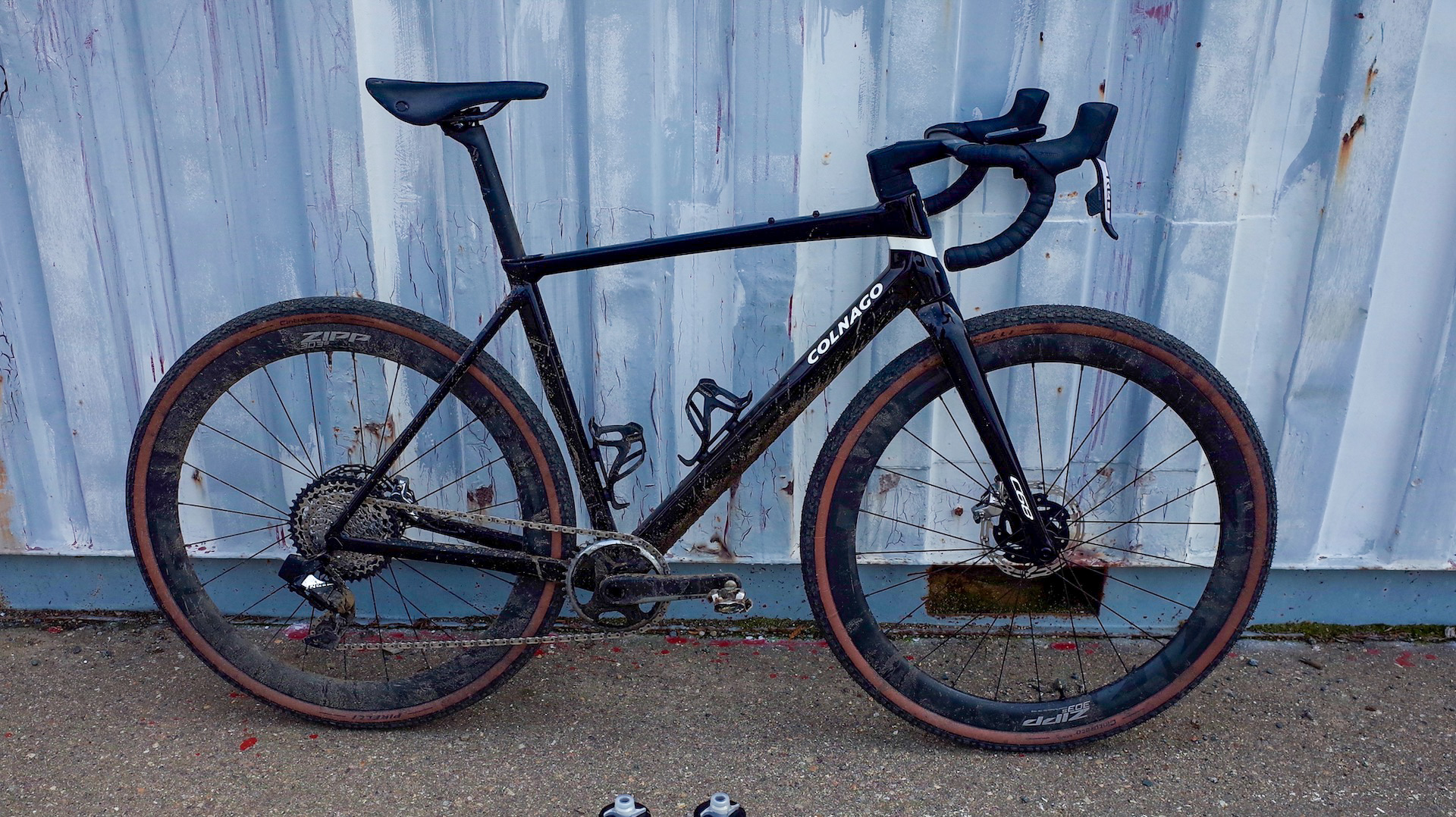
- Modular carbon frame design (complete frames are constructed out of six different subassemblies, each with its own manufacturing technique)
- Maximum stated tire clearance: 700 x 42 mm
- Minimum recommended tire clearance: 700 x 32 mm
- Compatible with both 2x and 1x electronic drivetrains or 1x mechanical drivetrains
- Threaded T47 bottom bracket
- Design is compatible with suspension forks
- Concealed hydraulic lines
- New, one-piece gravel-specific integrated bar and stem released simultaneously
- Top tube accessory mounts
- Three seatpost options: 0 offset, 15 mm setback, 30 mm setback
- Available in 5 sizes: Size 480 (M) frame weighs 1150 g; fork is 480 g uncut. (Weight includes paint and finish bits: hanger, metal parts, etc.)
- Two color options, Green and Black
- Frameset price: $7,100 USD, €5,935
First ride impressions

The terrain:
My first ride on the C68 Gravel was a hilly 55 km loop starting and ending in Solana Beach, California, just north of San Diego. We followed a series of side streets and paths out of town, passing by the Del Mar horse racing track in the process, before climbing into the hills on sandy, and occasionally muddy trails linked together by sections of double track.
The setup:
My test bike was built up with SRAM Red AXS XPLR and Zipp 303S wheels with 40 mm Pirelli Cinturato Gravel H tires. It also featured Colnago’s new cc.01 wide integrated bar and stem, which were designed in conjunction with the bike and measure 40 cm at the hoods and 46 cm at the drops. Several different stem lengths are available, yet there is only one width, which might pose an issue for some riders, but I found it to be optimal. Apparently, Colnago engineers found that despite offering more options in previous iterations, everybody chose the same size anyway.
Colnago’s sizing, for those unfamiliar, is a bit unusual. The company uses an actual seat tube measurement (measured from center of bottom bracket to top of seat tube) to delineate sizes, so I rode a size 510, which is roughly equivalent to a Large/56 cm frame in other manufacturer’s sizing nomenclature.
Like many modern gravel bikes, the C68 Gravel combines a longer top tube with a slacker head tube angle and shorter stem for more control in rough terrain. Stack and reach measure 580 and 397, respectively, and the 70.5 degree head tube angle is matched up with a fork rake of 48 mm.
Despite never having ridden it before, I felt very in tune with the bike from the get-go. I wasn’t sure what to expect in the way of terrain, but our route offered a good mix of everything: tight, switchbacked climbing, rough and rutted double track, narrow ribbons of singletrack and some rolling paved roads on the way home. I even got airborne a few times on some tired old dirt jumps and was surprisingly comfortable the entire time.
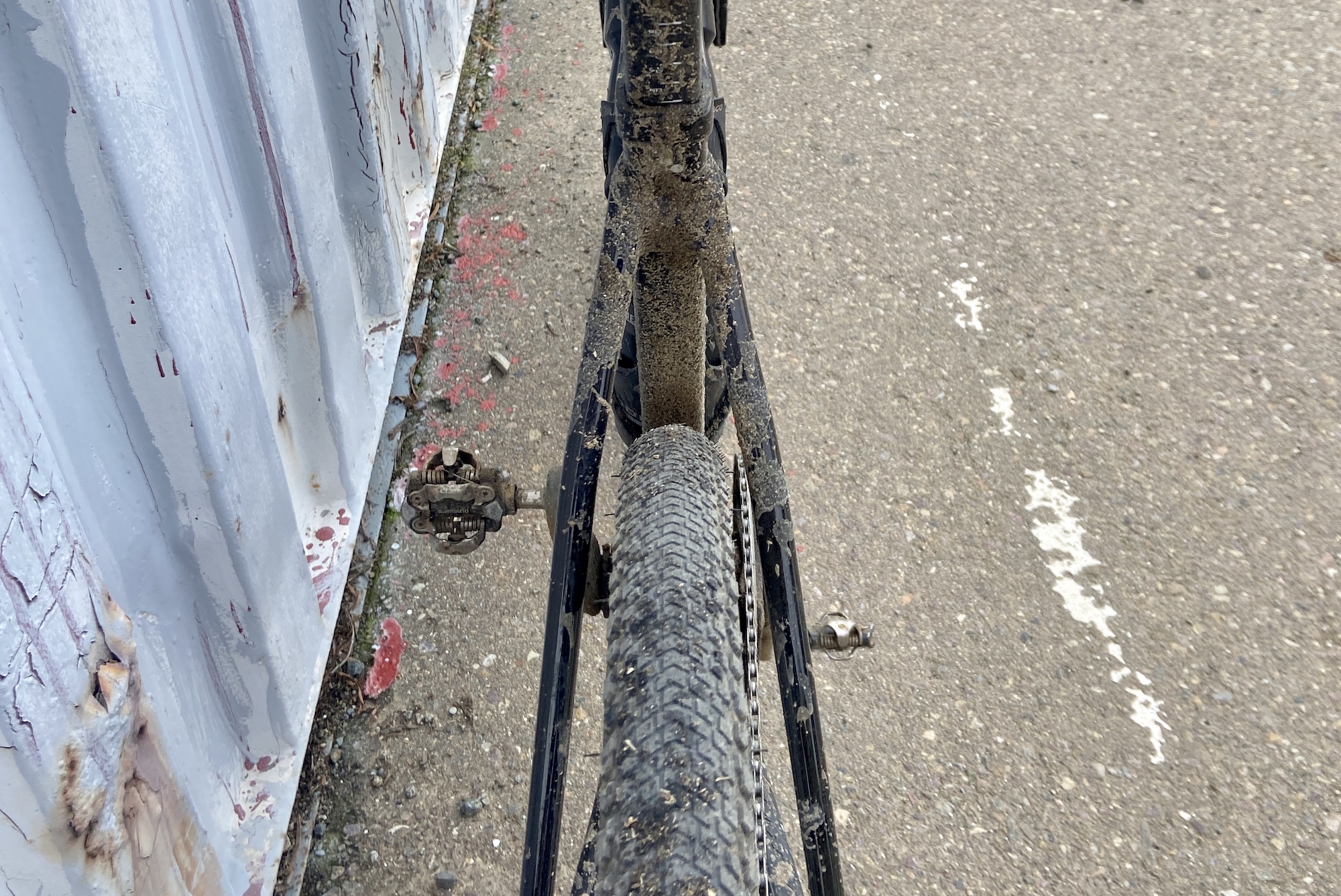
The lack of tire clearance will be a turn-off for some riders
Let's talk tire clearance:
Handling with 40 mm tires is on the more stable/neutral side and I found it offered a good mix for the fairly technical terrain we traversed.
The lack of tire clearance will be a turn-off for some riders—42 mm tires as the stated max is narrow for a gravel bike in 2024. I’m confident you could run larger tires with many tire and rim combinations, but Colnago is clearly erring on the side of caution with its official recommendation. Part of the reason for this, explained Davide Fumagalli, Colnago’s Head of Research and Development, is that designers found that increasing the clearance and using larger tires created handling compromises when running narrower tires and instead of trying to maximize, the design team focused on optimizing handling for 38-42 mm tires, which they expect most riders to use most of the time.
No storage:
Fumagalli also spoke to the decision not to include internal storage in the C68 Gravel, a feature which has become more and more commonplace in newer gravel bikes. He said they experimented with different storage solutions but found that these changed the feel of the frame too much by adding more material to compensate for the additional opening, and thus didn’t think it was worth the compromise.
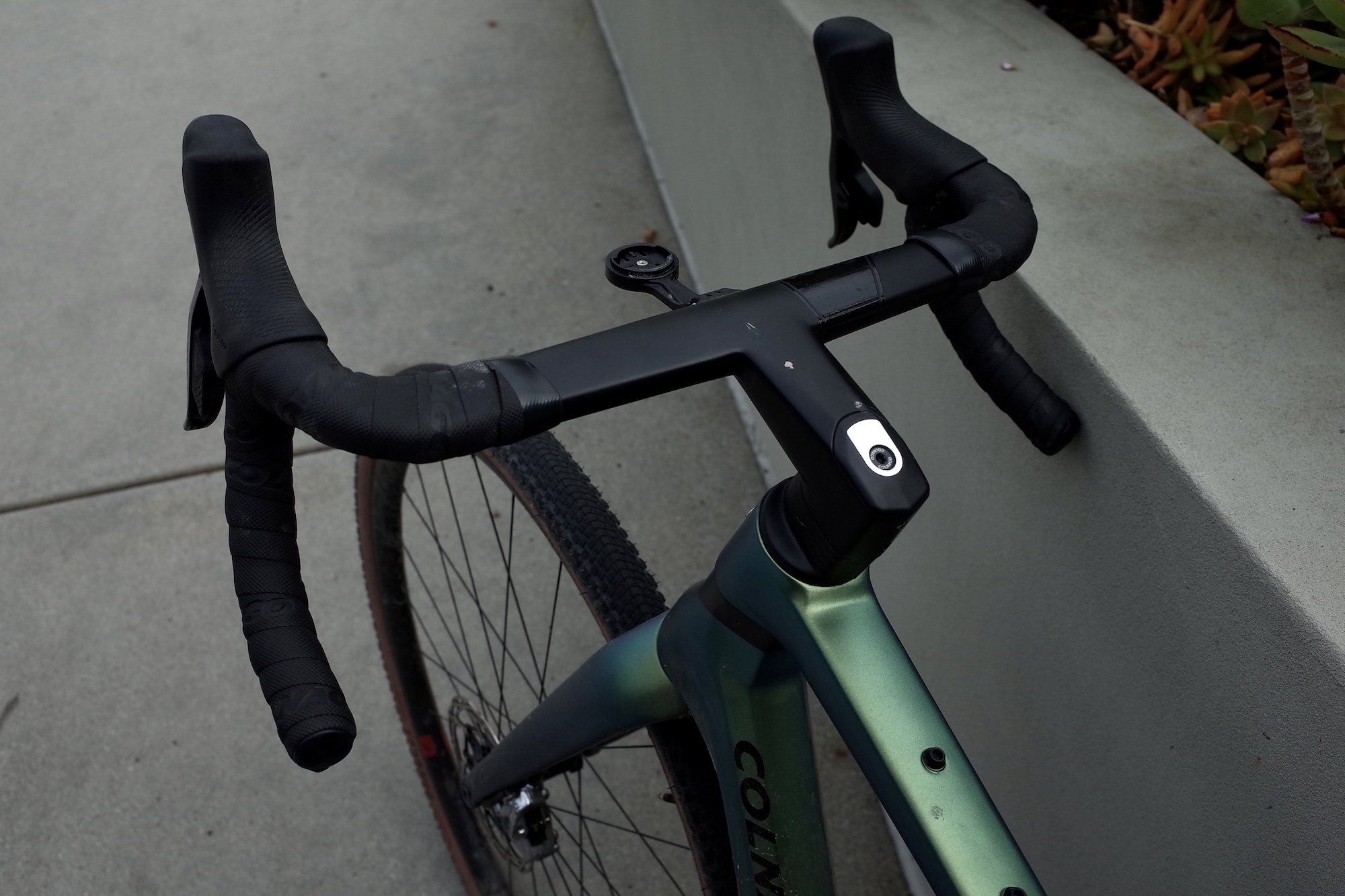
Colnago's new one-piece integrated cockpit
The ride:
In addition to his contributions to the design of the bike, Fumagalli also created the route we rode using Strava heatmaps, despite having never previously been to Southern California. He is a strong rider and it was illuminating to ride alongside him while asking questions about the bike we were both pedaling. We talked about handlebar stiffness, racing gravel bikes in cyclocross races and dropper posts and suspension forks on drop bar bikes (for the record: pros like their handlebars insanely stiff; certain pro ‘crossers prefer gravel geometry vs ‘cross geometry in some races; and, he’s not a fan of either, but the C68 Gravel can theoretically accommodate both).
The group rode hard enough that there were a few crashes, though nothing serious, and collectively we had three or four punctures, all of which sealed on their own without intervention. In fact, the only issue I had with the bike was during initial setup, when the hidden wedge-style seatpost clamp was stuck as we were adjusting my saddle height. The clamp sits just in front of the seatpost and seems relatively robust—of the various different hidden clamp designs I’ve seen, this one is pretty effective—but it doesn’t work as well as a traditional external seatpost clamp. Eventually we were able to work the seatpost loose, but for me, I always prefer the reliability and ease of adjustment provided by an external clamp.
Toward the end of the ride we dropped down through fields of invasive Cynara cardunculus, or wild artichoke, which is so effective at outcompeting the local flora that it was the only species we could see on either side of the trail. Bear with me here, but I had the fleeting thought that among an industry where road bikes are beginning to all look the same in the pursuit of ever more refined aerodynamics and gravel bikes are similarly going down the path of “longer and slacker” à la mountain bikes, it was refreshing to ride a bike that goes a little bit against the grain. Colnago made some decisions here that won’t be popular with everyone, but the company is taking a stance and saying: “here’s what we think a gravel bike for fun should look like, give it a try and see.”
Value & Comparison
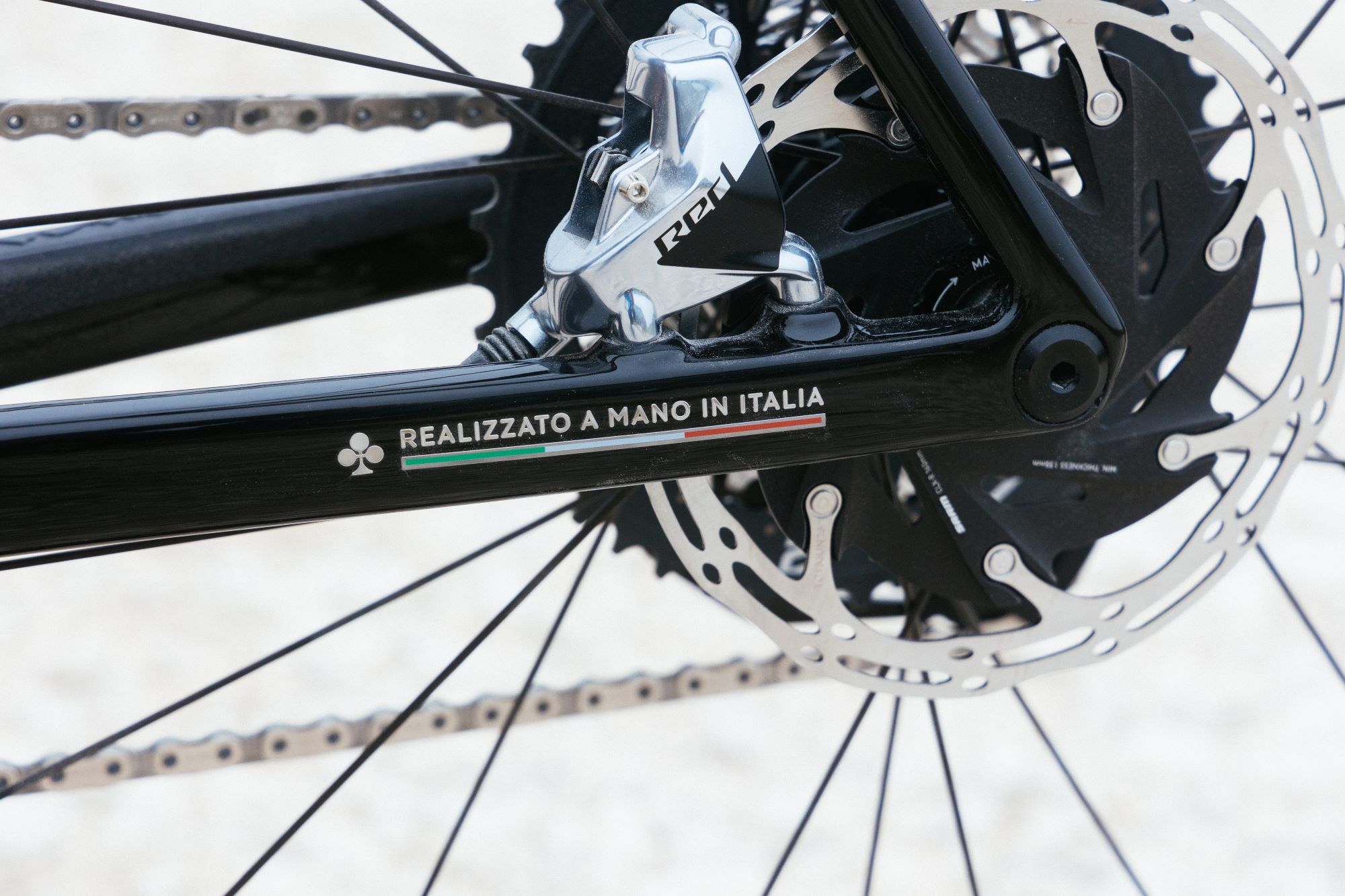
The C68 Gravel is an exceptionally well-designed bike that is both comfortable and enjoyable to ride. It’s not intended as a gravel race bike, nor is it for bikepackers, but is instead purpose-built for jaunts through a variety of terrain where it performs predictably no matter the obstacles in your path. The idea of fun carries through in its performance: it’s a joy to ride.
In terms of price, $7,100 for the frameset is undeniably steep. But then there aren’t very many other carbon gravel bikes being manufactured by hand in Italy, and even fewer with the history and cachet of the Colnago name attached. Comparable bikes, in terms of intent and geometry, are Specialized’s S-Works Diverge STR frameset, which retails for $5,500, Argonaut’s GR3 at $6,500 or even Moots’ Routt 45 at $6,250, which may be a different material but has a decidedly similar prospective customer.
A few of the decisions Colnago made on the C68 gravel (narrow tire clearance, limited mounts, no storage) might be polarizing, but for those who appreciate the history and design ethos, they’ll be happy with the performance. Colnago’s representatives at the launch event stressed the philosophy behind their designs: these bikes are made to be enjoyed and savored, and there’s nothing more Italian than that.
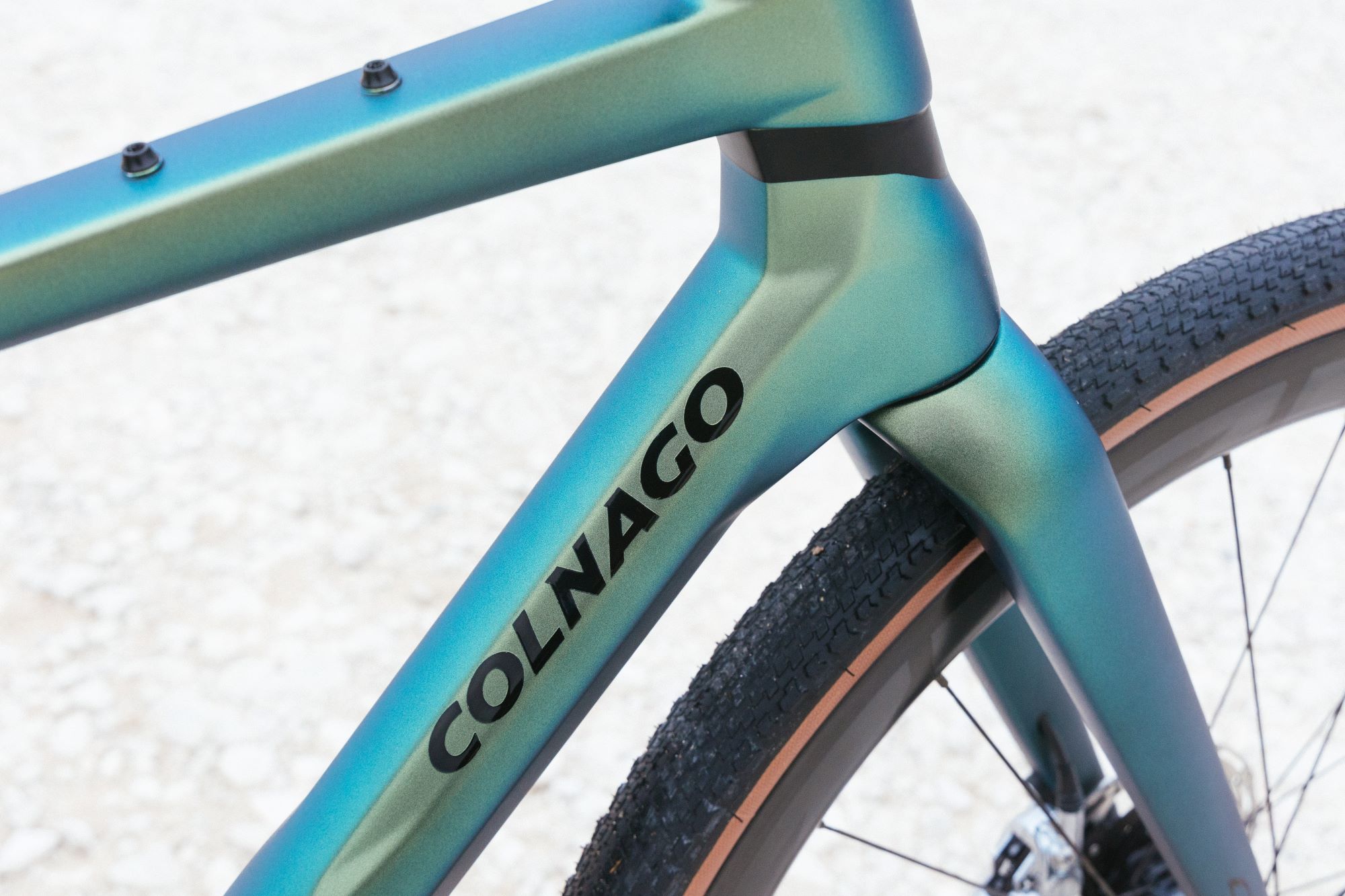

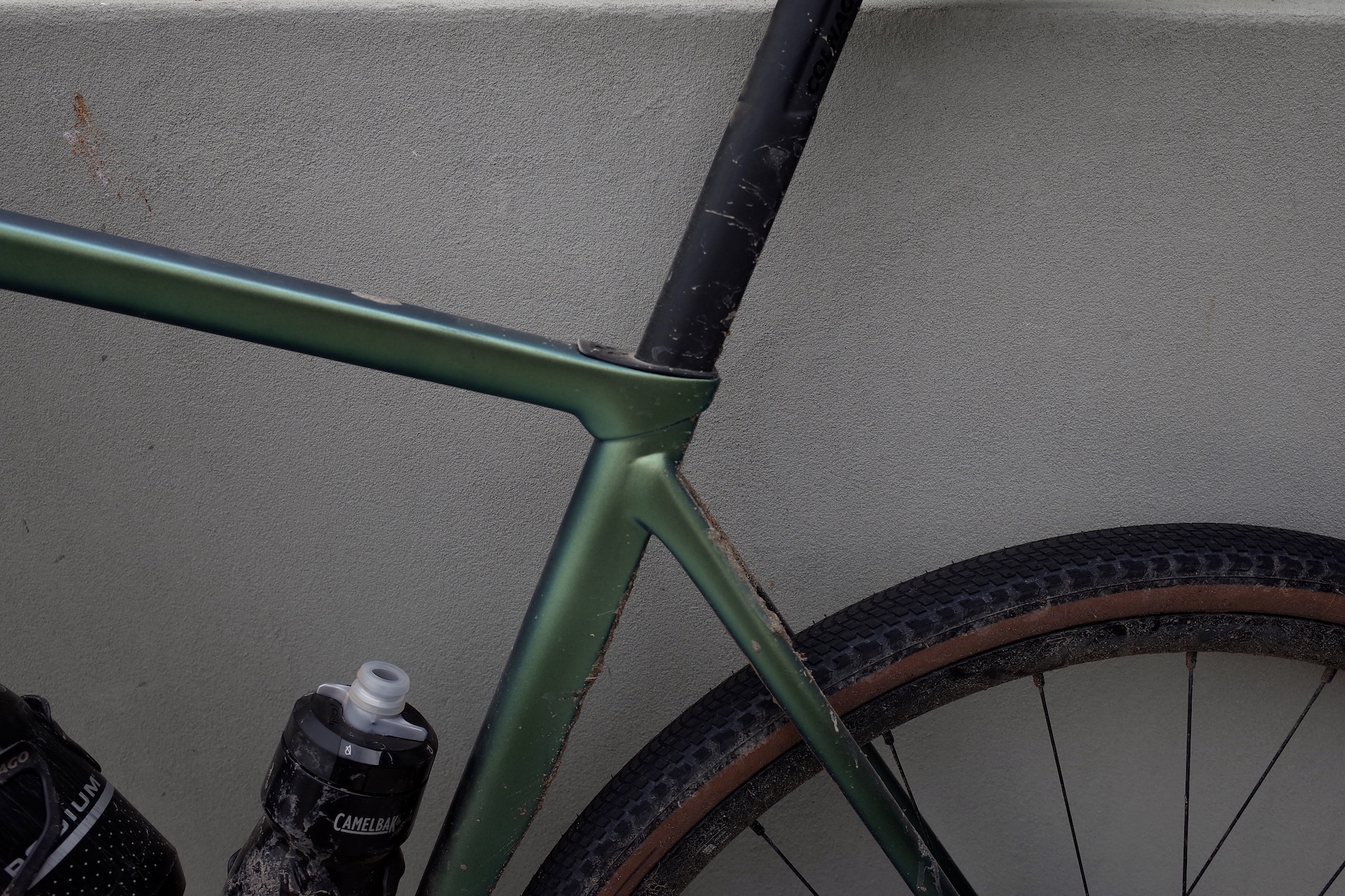


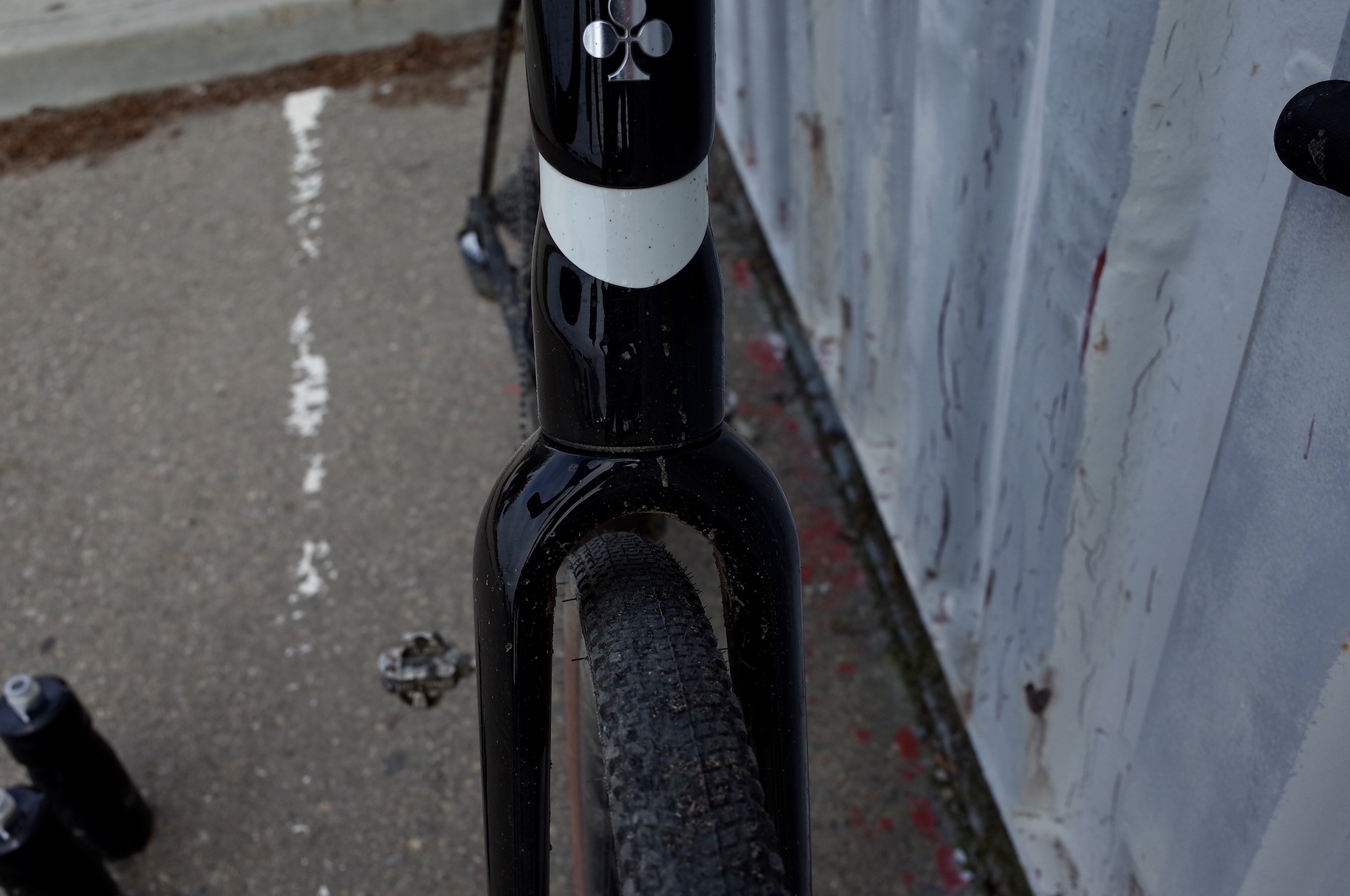
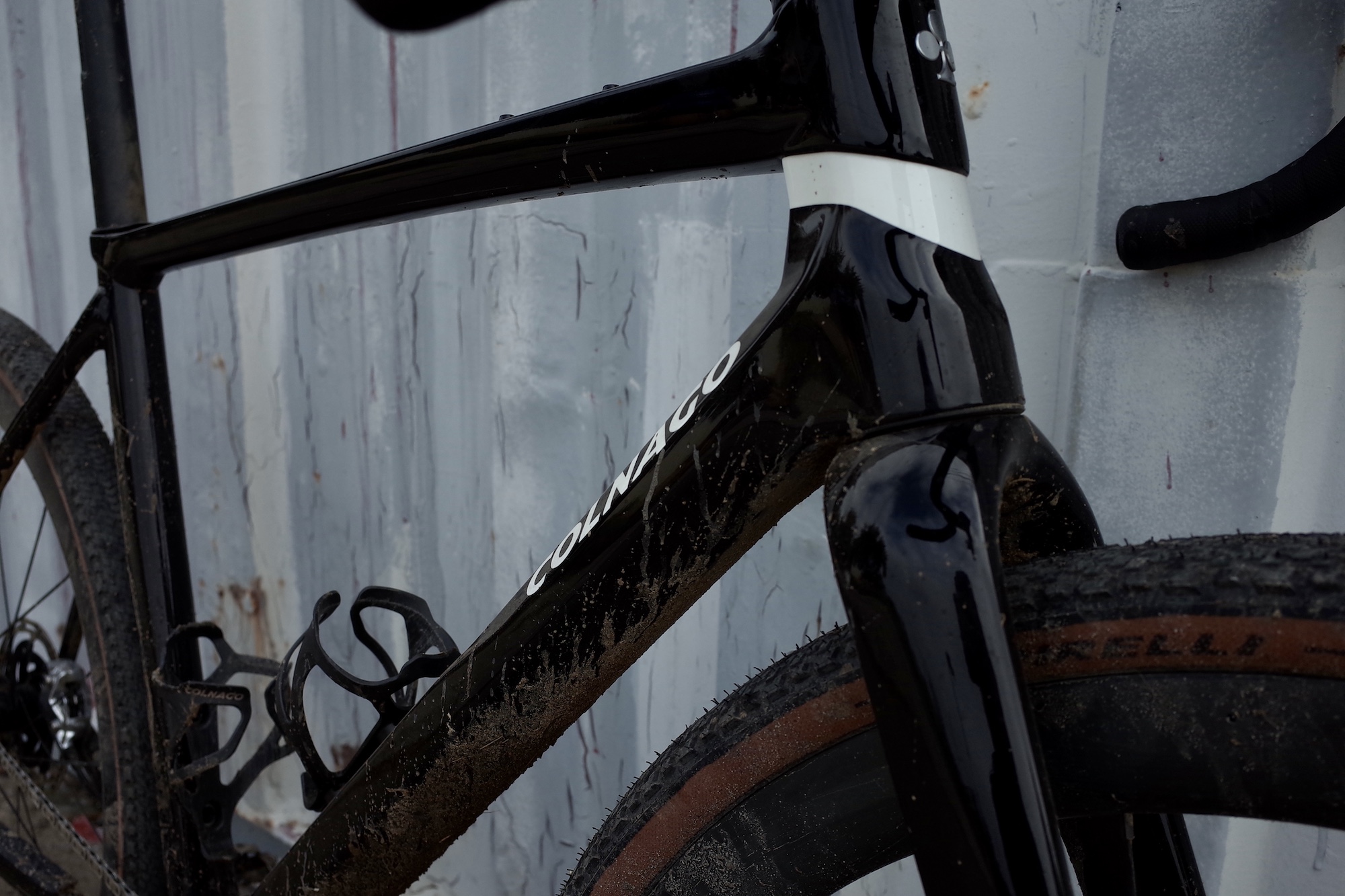

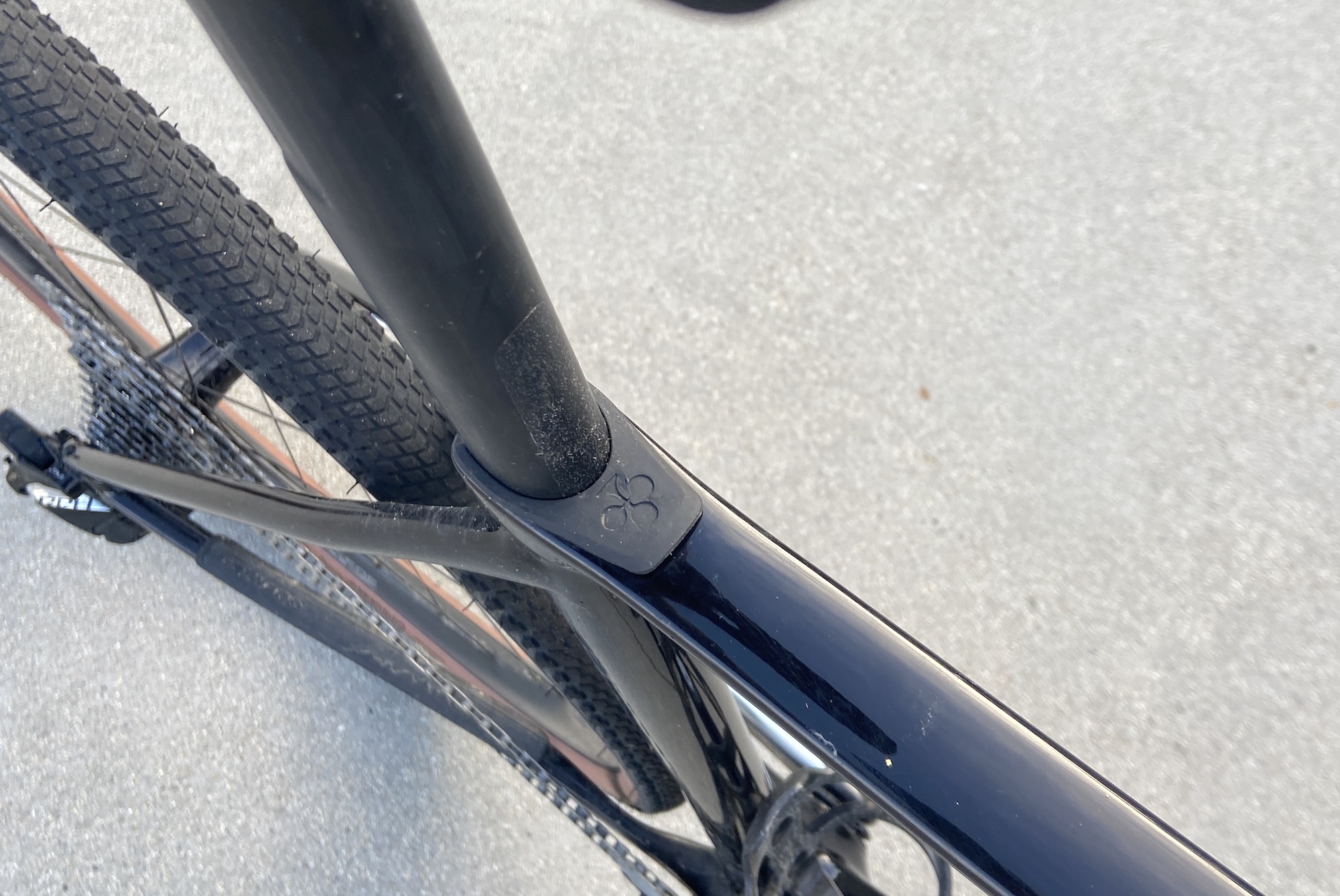
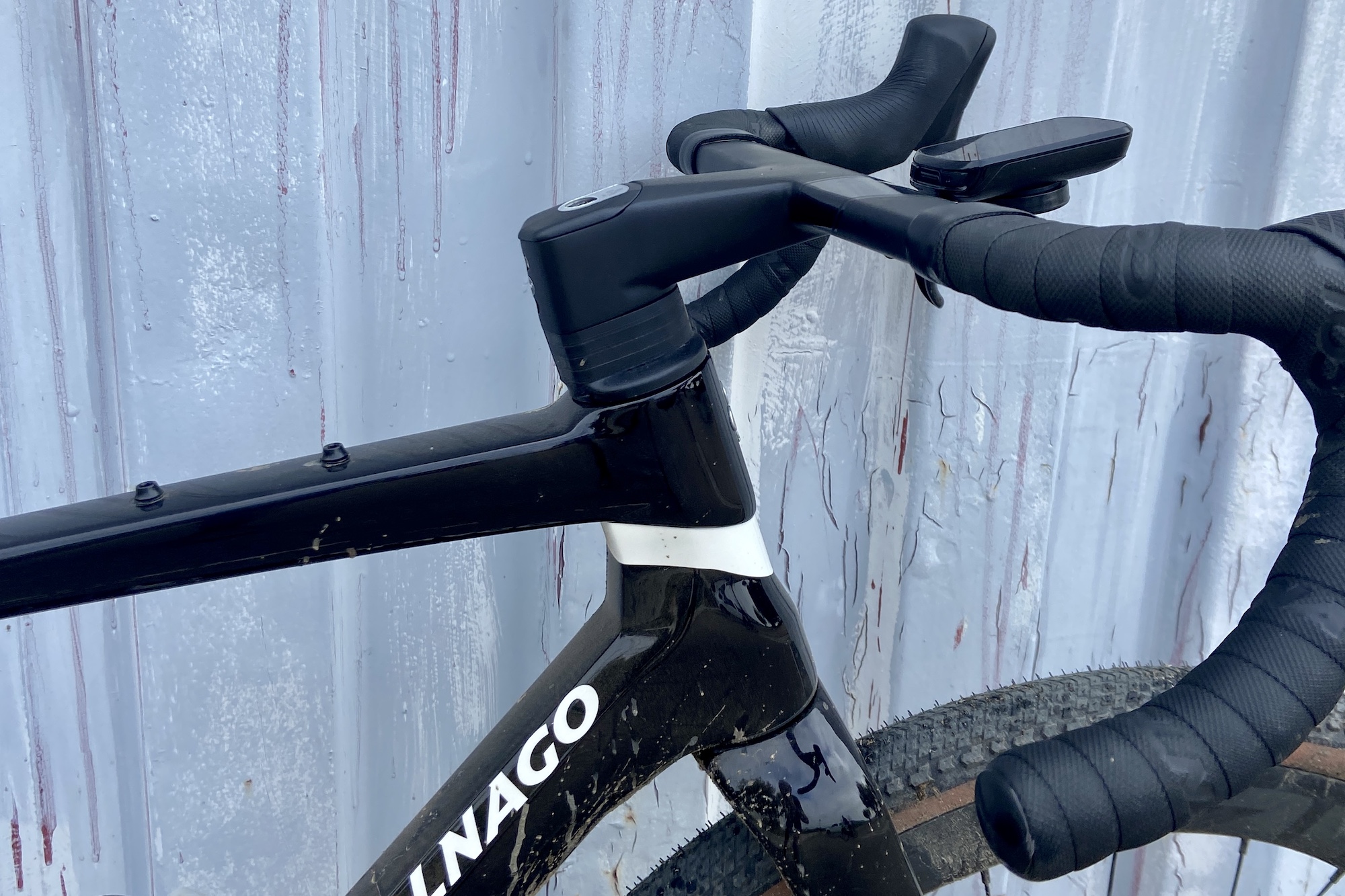
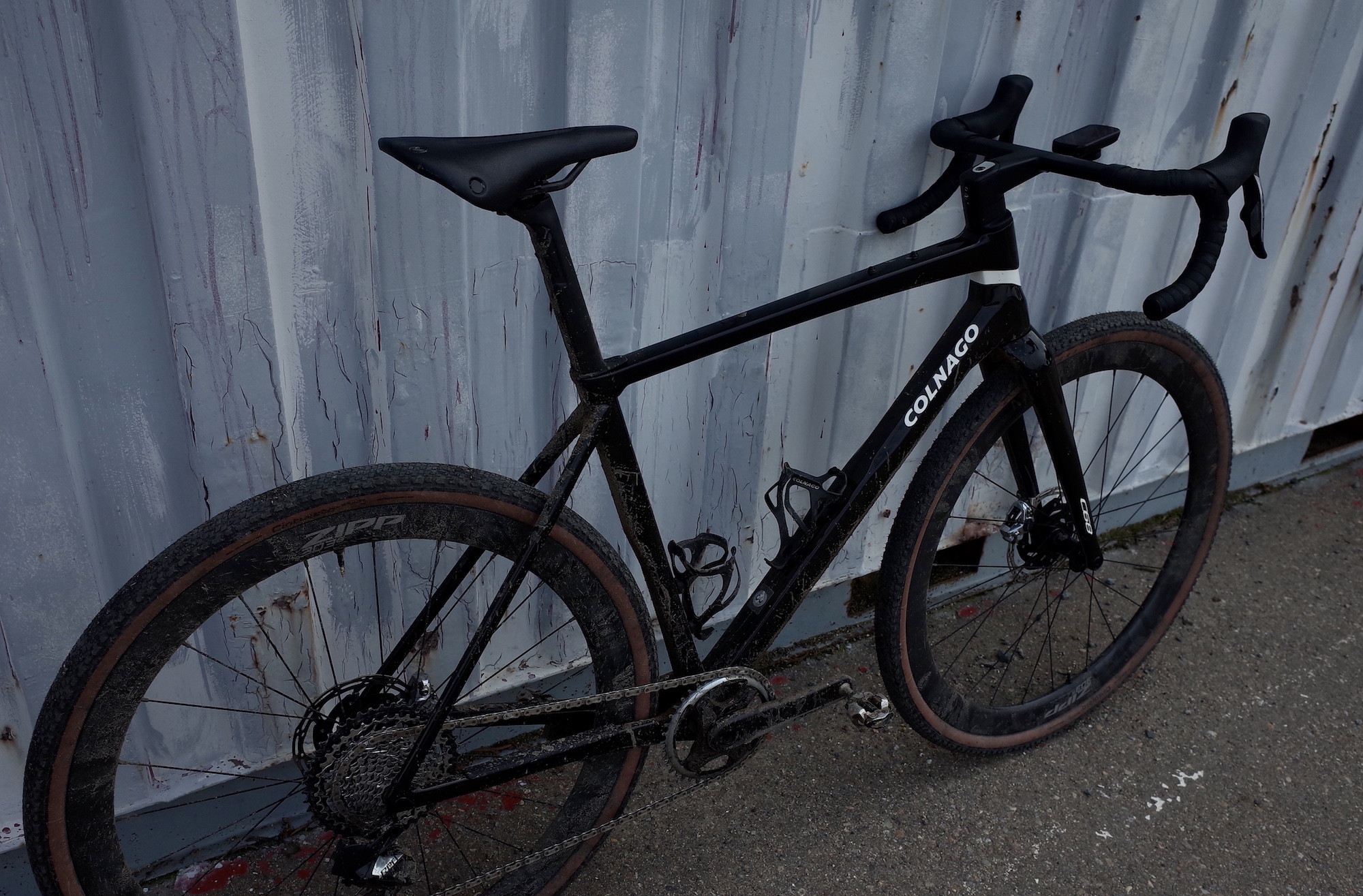

Thank you for reading 20 articles this month* Join now for unlimited access
Enjoy your first month for just £1 / $1 / €1
*Read 5 free articles per month without a subscription

Join now for unlimited access
Try first month for just £1 / $1 / €1
Get The Leadout Newsletter
The latest race content, interviews, features, reviews and expert buying guides, direct to your inbox!

Tyler Boucher is a former (and occasionally still) bike racer across several disciplines. These days, he spends most of his time in the saddle piloting his children around in a cargo bike. His writing has appeared in magazines published in Europe, the UK and North America. He lives in Seattle, Washington.
-
 'This is the marriage venue, no?': how one rider ran the whole gamut of hallucinations in a single race
'This is the marriage venue, no?': how one rider ran the whole gamut of hallucinations in a single raceKabir Rachure's first RAAM was a crazy experience in more ways than one, he tells Cycling Weekly's Going Long podcast
By James Shrubsall Published
-
 Full Tour of Britain Women route announced, taking place from North Yorkshire to Glasgow
Full Tour of Britain Women route announced, taking place from North Yorkshire to GlasgowBritish Cycling's Women's WorldTour four-stage race will take place in northern England and Scotland
By Tom Thewlis Published
-
 Positive signs for UK bike industry as Halfords cycling sales grow
Positive signs for UK bike industry as Halfords cycling sales growRetailer admits that the impact of Donald Trump's tariffs remains to be seen
By Tom Thewlis Published